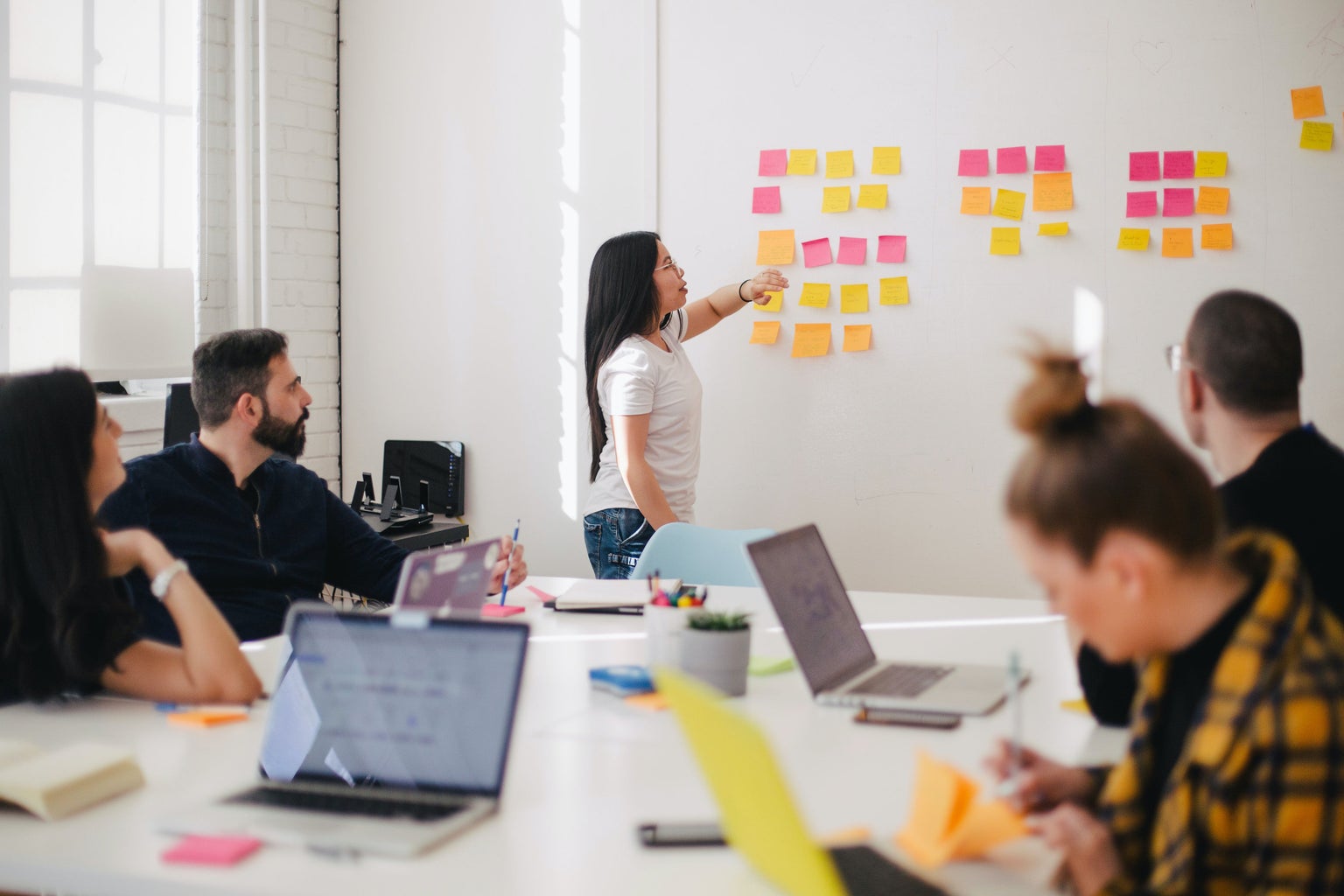Finals are almost here and the time to study is now.
As students scramble to review what they have learned, many struggle with how best to do so. This is because few are aware of the best ways to learn and study, according to their learning styles.
Learning styles are the methods you learn best in, and while there are quite a few, there are three that are most common. These styles are: visual, auditory, and kinesthetic. A visual learner is one who learns best through seeing, for example, by viewing examples and demonstrations. Auditory learners learn best when something is said aloud to them, like with spoken instructions and lectures. A kinesthetic learner is someone who learns through action and physically working through the material, such as constructing a physical blueprint of a project or using physical representations to solve problems.
Most people are visual learners, and most of the world is tailored for visual learners. While this system makes life easier for visual learners, it can present a problem for all three types of learners. It doesn’t allow visual learners to strengthen their auditory and kinesthetic learning skills, and also isolates the auditory and kinesthetic learners, furthering their struggle.
If you don’t know what your learning style is, or if you’re unsure, here’s a neat little test you can take to find out. If you already know, here are some tips to help you study in time for finals.
Visual Learning
Use Flashcards: I know they may seem boring and a chore, but in the long run, they work. I have had many tests where flashcards came in handy, especially since I tend to color code based on the course, or if the course was content-heavy, then based upon topic. For example, when I took Geography, I color-coded any terminology having to do with the land in green, the ocean in blue, and the sky in purple. It really helped me memorize the content and I was able to visualize the flashcards in my mind whilst taking the test.
Create Your Own Study Guide: I know this seems taxing and tedious, but it allows for you to control how the material is presented. You can create concept maps and make your study guide unique in a way that is not cluttered with information. White space is a good way to organize your thoughts visually.
Auditory Learning
Teach Someone the Material: Find someone who has time to learn something new and teach them the material you are studying. Talking through what you’re studying for can be a great way for auditory learners to process the course material. If the person actually understands the material by the time you’re done, you’ve mastered the content! If you can’t find someone on campus because they’re studying as well, don’t hesitate to call someone in your family like your mother or grandmother. One of them will for sure make time for you to study with them, especially because it’s for your education.
Create a Song: Take a note from Hannah Montana’s bone dance episode! If you don’t remember the episode, or are too young to have seen it, Miley needs to ace her human anatomy test in order to go on tour as Hannah Montana, but finds herself unable to focus long enough to study. That is until she makes up a song and dance routine to go along with the material which helps her remember everything she needs to know. If you find you can’t create a song, create a poem, a rhyme, or anything that you can easily memorize through repetition, rhyming, rhythm, or mnemonics. It doesn’t have to be great, it just has to work for you and help you pass your finals.
Kinesthetic Learning
Rewrite your Notes: Physically rewriting your notes can help kinesthetic learners memorize details, especially if you get creative and make them pretty with diagrams or doodles. It also stimulates your muscle’s memories, adding an extra boost.
Embrace Fidgeting: Tap your foot, twist the rings on your fingers, fiddle with your watch or bracelet, write out your notes in the space in front of you with your finger. Do whatever small motions you need to do in order to get your mind thinking and your memory rolling. As a kinesthetic learner, you recall things better when you’re moving or even standing.
Don’t be afraid to get creative with how you study, because learning can be very much an individual process. Branch out of your usual methods and try something new. You might just find a new and better way to study, and maybe even strengthen a learning style outside of your dominant one.


